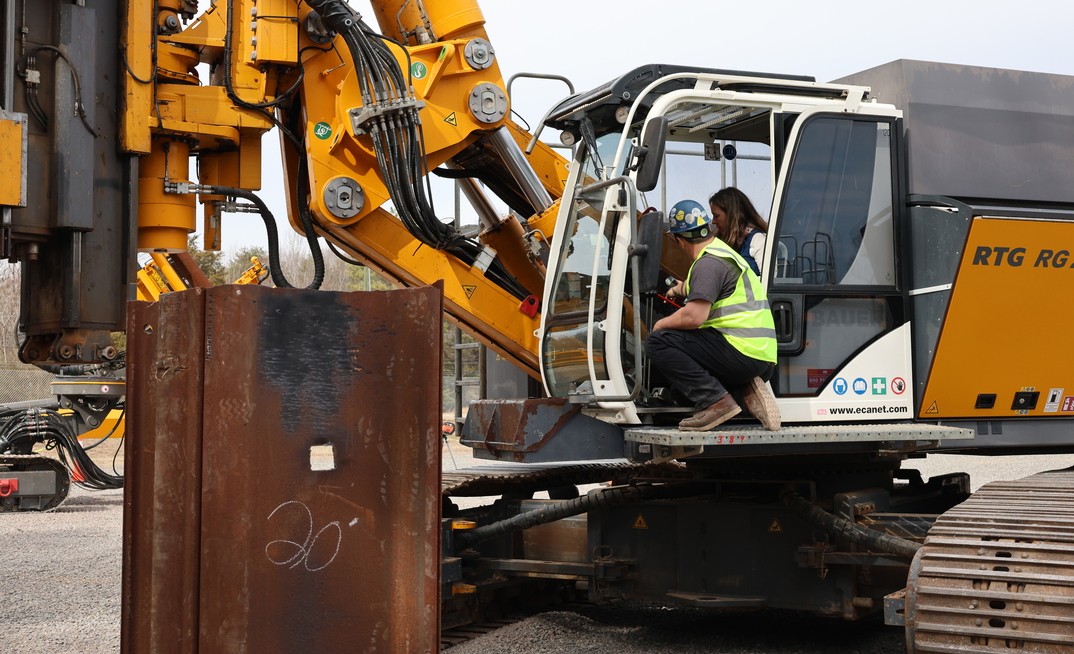At first glance, it is easy to assume that equipment financing in Canada would be almost identical to the US, suggests Anja Frazier of Bauer Financial Services. After all, the two countries are neighbours and—if you include water bodies—are comparable in geographic size. But the differences between the two markets are striking.
The US population is nearly eight times larger than Canada's. On the business front, Canada has approximately 1.2 million employer businesses, whereas the US has over 32 million. The same trend appears in the banking landscape: Canada has around 100 banks, while the US has more than 5000, creating a significantly more fragmented and diverse financial ecosystem. In contrast, Canada's financial market is highly centralised, with five major banks dominating and collectively controlling over $6 trillion in assets.
Clearly, equipment financing in Canada is not the same as in the US.
Operating leases
Operating leases are a popular tool for companies looking to manage capex budgets or meet specific financial covenants in the heavy construction equipment sector. Under an operating lease, the financing company retains ownership of the asset and depreciates it on its books while the lessee uses the equipment for a set period.
YOU MIGHT ALSO LIKE
While lessees can return the equipment at the end of the lease, most customers prefer to buy out the asset either early or at lease-end because of the typically high resale value and equity built up over time. In theory, it is a win-win situation. However, in practice, especially in Canada, it is more complicated.
Operating leases have been around for decades. However, what sets the Canadian market apart is the challenge of accurately valuing assets and how lease structures are built around that challenge.
In the US, equipment financiers rely on a robust resale data system of public auctions, detailed databases, and a steady volume of used equipment transactions. This allows US lenders to forecast residual values more confidently and offer more flexible lease structures aligned with actual market values.
In Canada, reliable resale data is harder to come by, especially for long-lifespan equipment (8–20 years). As a result, Canadian financing companies tend to take a more conservative approach, using lower residual values or requiring manufacturer/dealer support to reduce risk. Support might include a residual value guarantee, buy-back, or first-loss agreement.
Inflated payments
And then there is the curious case of the "magical 20%": Many commercial banks quote the same 20% residual value for a two-year lease as for a five-year one. This leads to inflated monthly payments on shorter terms, often disproportionate to the asset's market value.
Independent equipment leasing companies in Canada are generally more willing to take on residual risk than traditional banks
Independent equipment leasing companies in Canada are generally more willing to take on residual risk than traditional banks. They are also more open to capturing the upside at lease-end by selling the asset at market value to the lessee or on the open market.
But even they face limitations that do not exist to the same degree in the US, where the secondary market is more liquid, asset valuation is more precise, and the financing culture tends to be more customer-driven and solution-oriented.
Payment strategies
If you face high monthly payments on a short-term operating lease in Canada, here are two strategies to consider. First, stretch the lease term. Consider extending a 24-month lease to 36 or 48 months to reduce monthly costs. Then, negotiate early buy-out options so you can exit the lease at 24 months if needed. It is important to keep in mind that leases typically do not have early payoff flexibility as loans do, and you will need to negotiate exit fees or penalties in advance and expect some pushback.
But do not give up. The Canadian leasing market is more traditional, but that does not mean it is immovable. Explore alternative lenders to find a more flexible partner.
Secondly, talk to independent leasing companies who may be more open to negotiating early buyout clauses, even if they are unlikely to offer a capped or fixed buyout price at lease end. Some might allow you to lock in one or two buyout options with set pricing during the lease term - just enough flexibility to make the deal more manageable.



















